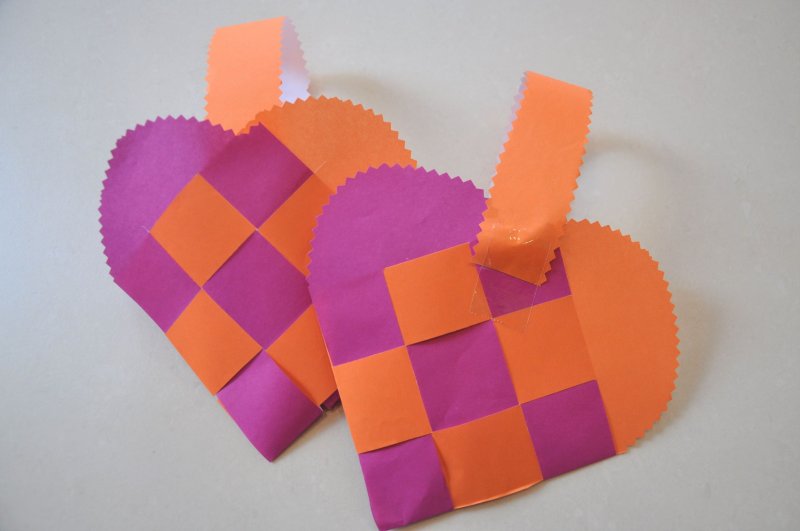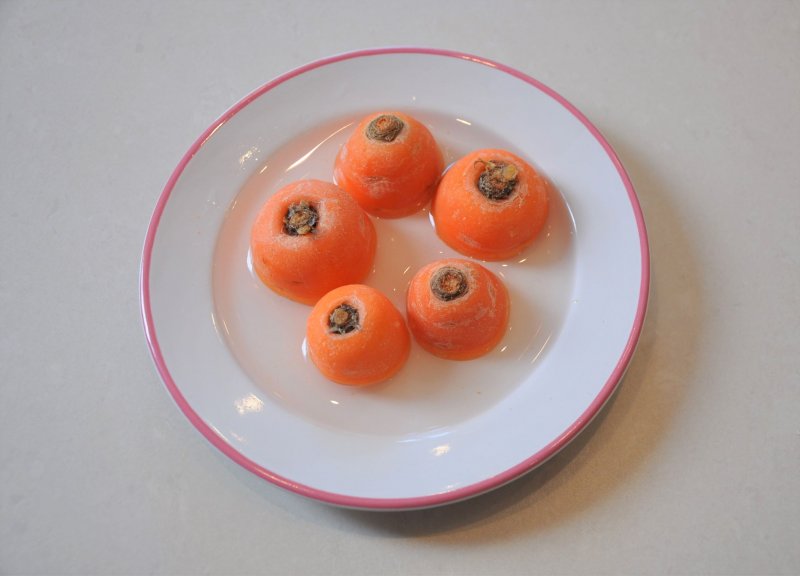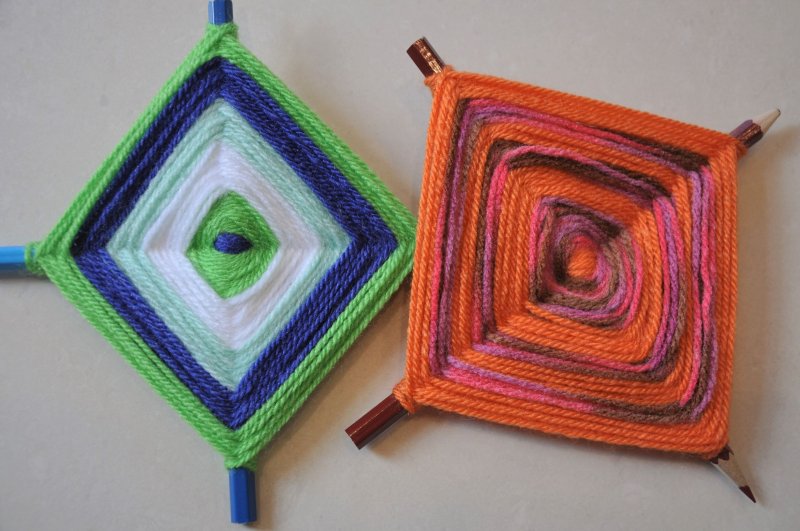Indoor activities for fostering families: make, create and share experiences
In this blog Susan Soar gives suggestions for craft and creative activities that fostering families can do at home during the coronavirus outbreak.
Restrictions on movement during the coronavirus outbreak mean that many children and young people are spending long periods of time indoors. Our previous blog Supporting learning during periods of school closure: a guide for fostering families suggested ways in which foster carers can support children’s learning and development at home. This blog gives suggestions for craft and creative activities that you can do together, using items that you may already have at home or be able to buy at a supermarket. These might provide helpful down-time from more structured learning activities or be a positive distraction at restless moments.
Craft activities are not only about keeping busy: the process of making something aids relaxation and can help children and young people to connect with the present moment, known as mindfulness. Social pedagogy approaches also promote the benefit of foster carers and children working together on a joint activity, in order to build and strengthen relationships. The joint activity could be anything from craft to gardening, but the exact activity is less important than the dialogue and interaction that takes place during the task. This type of shared experience is known as the ‘common third’: you are both working together on a common task. Find out more about the common third by watching this video from The Fostering Network.
The suggestions below are for simple introductory activities, but you will easily find ideas for more challenging activities online. Younger children will need adult supervision.
Paper craft
Paper craft is accessible to anyone who has some paper, scissors and a flat surface. Printer paper works well for paper craft and can sometimes be bought at supermarkets. If you can’t get hold of A4 paper you can use wrapping paper, magazine pages, junk mail, newspaper or even the back of old paperwork. Craft ideas include:
- Paper plates: an ideal craft activity for younger children, paper plates are a useful starting point for some fun things to make.
- Homemade books: to encourage young children to write you may want to try making some simple zig-zag books or homemade mini books, also available as a video guide.
- Fortune chooser: a traditional playground favourite, you begin this item by cutting a square of paper and folding it into four. Turn it into a game by writing questions or simple challenges in the spaces under the flaps.
- Weaving: Scandinavian heart decorations can be woven out of paper. Add a handle to turn these into baskets.
- Origami: easy and appealing shapes for beginners include the rabbit, heart and bird. If you are feeling brave you can then try out other shapes .
- Quilling: this craft uses rolled or curled strips of paper to build up patterns or pictures (glue required). This BBC interview with an artist may provide inspiration and ideas for older children.
Indoor gardening
Indoor gardening is one way of bringing the outdoors in and the daily tasks of observing and caring for a growing plant may help children to maintain routine. Seeds and compost can sometimes be
bought in supermarkets, but if you don’t have any compost you can still sprout seeds using water and a container. Indoor gardening activities include:
- Carrot sprouts: the easiest indoor gardening of all, carrot tops will begin to sprout leafy fronds if placed in a saucer of water. Other kitchen waste can also be used for sprouting.
- Cress: you may find packets of cress seed in the florist section of a supermarket. Cress can be grown in any container by sprinkling the seeds on a layer of moistened kitchen towel or tissue. It is ready to use in salads in about 10 days.
- Beans: runner beans can be sprouted using kitchen towel or tissue inside a glass or jar. Plant bean seedlings into compost (if available) once the root and shoot are about 10cm long.
- Kitchen seeds: fruit pips, dried peas and dried beans can all work for indoor gardening. Soak dried seeds in water overnight before planting in compost.
- Tomatoes: if you do have compost you can try out the technique of planting a slice of supermarket tomato in a pot. As supermarket tomatoes are hybrids the baby plants will not be the same variety as the original tomato, but it could be interesting to find out! This video explores some of the science behind tomato germination.
Winding, plaiting and knotting
Any wool or string available at home can be used for plaiting, weaving and other craft. If you can’t get hold of any wool or string, you can try out the technique of cutting up carrier bags or packaging to make plastic-bag yarn, also known as 'plarn'. Once you have some yarn you can try out some of these ideas:
- Winding: Make colourful ‘God’s Eyes’, a symbolic object originating in Mexico. The central cross can be made by tying together two pencils, chopsticks, lolly-sticks or even wooden spoons. See also this video guide.
- Pom-poms: a seasonal favourite made by winding wool around a card doughnut shape. Try drawing around a cup for the outer circle and then a coin for the inner circle.
- Mandala: this is a lovely idea for a simple woven item, made using a paper plate as a base.
- Plaiting: use plastic-bag yarn or fabric strips in contrasting colours to try out a four-strand plait.
- Macramé: The basic macramé knot forms a spiral if it is repeated. This can then be knotted onto a double ring to become a simple homemade keyring.
If you have both enjoyed an activity, encourage your fostered child or young person to reflect upon what went well and what they might like to try out next time. What would happen if they used different materials or tried out a different technique? Encourage them to try out these ideas and try out new ideas of your own too. Remember to send us a picture of any completed craft activities!





